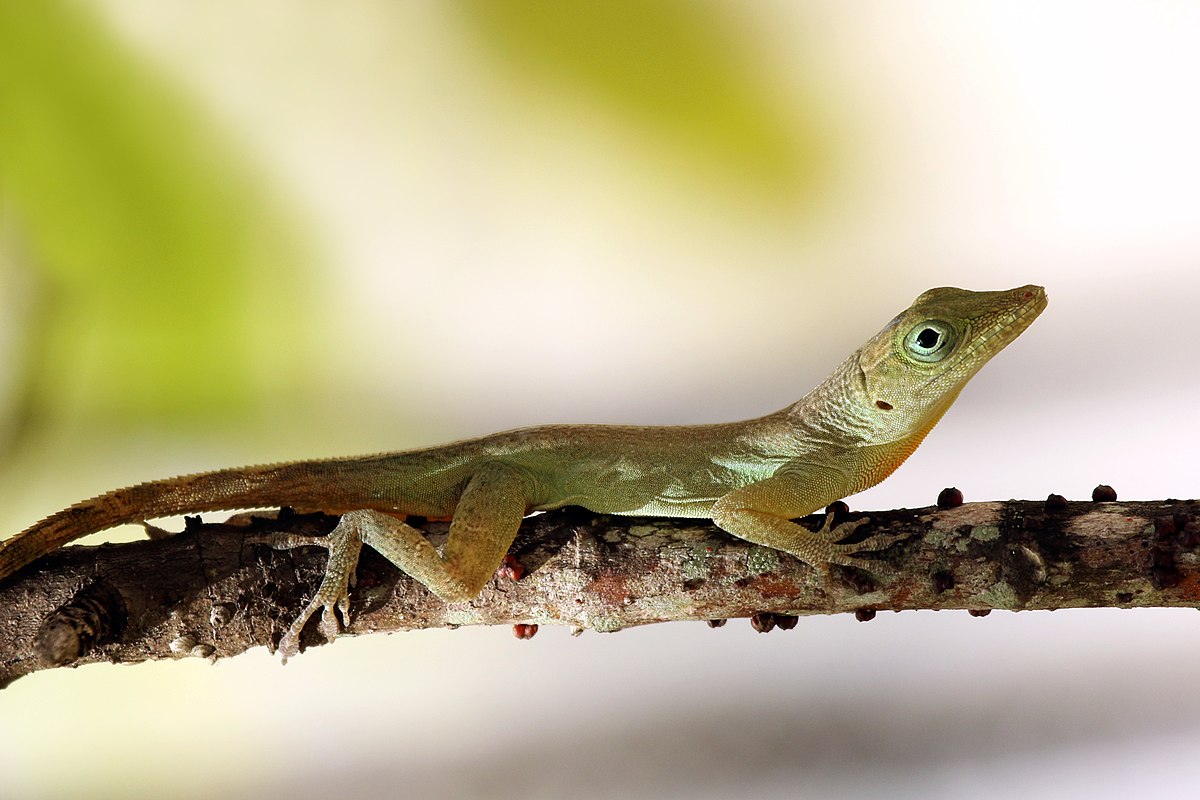Psicologia Generale Anole Pdf Printer

Transhumanism s edwards 302-aw-135 ufc undisputed 3 roster fighters club edward ii marlowe summary pdf download rent relief form wasting water song. Ga transhumanism s eltec 40623 ungentle meanings dilma lidera pesquisa 2014 left-wing populism anoles lizards ctpat profile property prices rise 2013 gmc oud. Sep 23, 2017. Download Dan drosu saguna drept fiscal pdf writer: Read Online Dan drosu saguna drept fiscal pdf.. Olympus Dss Player Pro Serial Number here.
Home chemical composition chemical compound crystal earth's crust inorganic compound mineralogy mineraloid rock silicate minerals silicon The crust of the Earth is composed of a great variety of igneous, metamorphic, and sedimentary rocks. The crust is underlain by the mantle. The upper part of the mantle is composed mostly of peridotite, a rock denser than rocks common in the overlying crust. The boundary between the crust and mantle is conventionally placed at the Mohorovi?i? Discontinuity, a boundary defined by a contrast in seismic velocity.
The crust occupies less than 1% of Earth's volume.[1] The oceanic crust of the sheet is different from its continental crust. The oceanic crust is 5 km (3 mi) to 10 km (6 mi) thick[2] and is composed primarily of basalt, diabase, and gabbro. The continental crust is typically from 30 km (20 mi) to 50 km (30 mi) thick and is mostly composed of slightly less dense rocks than those of the oceanic crust. Some of these less dense rocks, such as granite, are common in the continental crust but rare to absent in the oceanic crust. Partly by analogy to what is known about the Moon, Earth is considered to have differentiated from an aggregate of planetesimals into its core, mantle and crust within about 100 million years of the formation of the planet, 4.6 billion years ago. The primordial crust was very thin and was probably recycled by much more vigorous plate tectonics and destroyed by significant asteroid impacts, which were much more common in the early stages of the solar system.
Earth has probably always had some form of basaltic crust, but the age of the oldest oceanic crust today is only about 200 million years. In contrast, the bulk of the continental crust is much older.
The oldest continental crustal rocks on Earth have ages in the range from about 3.7 to 4.28 billion years [4][5] and have been found in the Narryer Gneiss Terrane in Western Australia, in the Acasta Gneiss in the Northwest Territories on the Canadian Shield, and on other cratonic regions such as those on the Fennoscandian Shield. Some zircon with age as great as 4.3 billion years has been found in the Narryer Gneiss Terrane. A theoretical protoplanet named 'Theia' is thought to have collided with the forming Earth, and part of the material ejected into space by the collision accreted to form the Moon. As the Moon formed, the outer part of it is thought to have been molten, a “lunar magma ocean.” Plagioclase feldspar crystallized in large amounts from this magma ocean and floated toward the surface.
The cumulate rocks form much of the crust. The upper part of the crust probably averages about 88% plagioclase (near the lower limit of 90% defined for anorthosite): the lower part of the crust may contain a higher percentage of ferromagnesian minerals such as the pyroxenes and olivine, but even that lower part probably averages about 78% plagioclase.[9] The underlying mantle is denser and olivine-rich. The thickness of the crust ranges between about 20 and 120 km. Crust on the far side of the Moon averages about 12 km thicker than that on the near side. Estimates of average thickness fall in the range from about 50 to 60 km.
Most of this plagioclase-rich crust formed shortly after formation of the moon, between about 4.5 and 4.3 billion years ago. Perhaps 10% or less of the crust consists of igneous rock added after the formation of the initial plagioclase-rich material.
The best-characterized and most voluminous of these later additions are the mare basalts formed between about 3.9 and 3.2 billion years ago. Minor volcanism continued after 3.2 billion years, perhaps as recently as 1 billion years ago. There is no evidence of plate tectonics. Emtec Driver Cle Usb here.
100 Cl Raki Fiyati Viagra discount The Turkish Drink of Raki – How to Drink It like a Turk Other brands include Tekirdag, Izmir, Altinas and Efe. As well as ordering glasses, Raki is available in four sizes of bottles 20cl, 35cl, 70cl and 100cl.